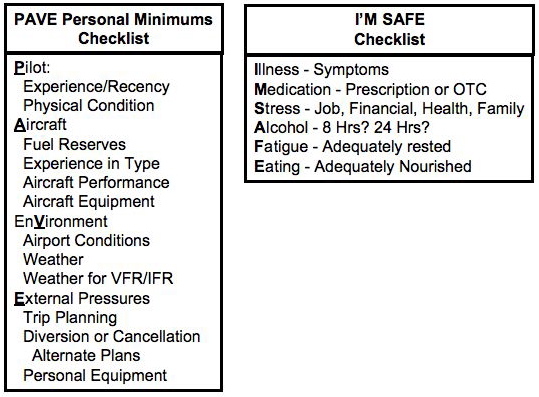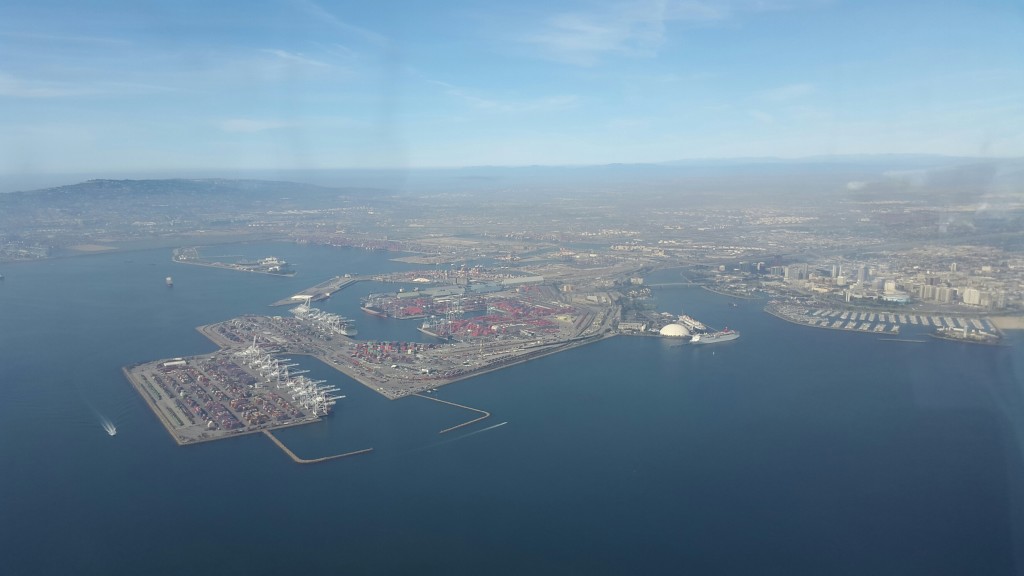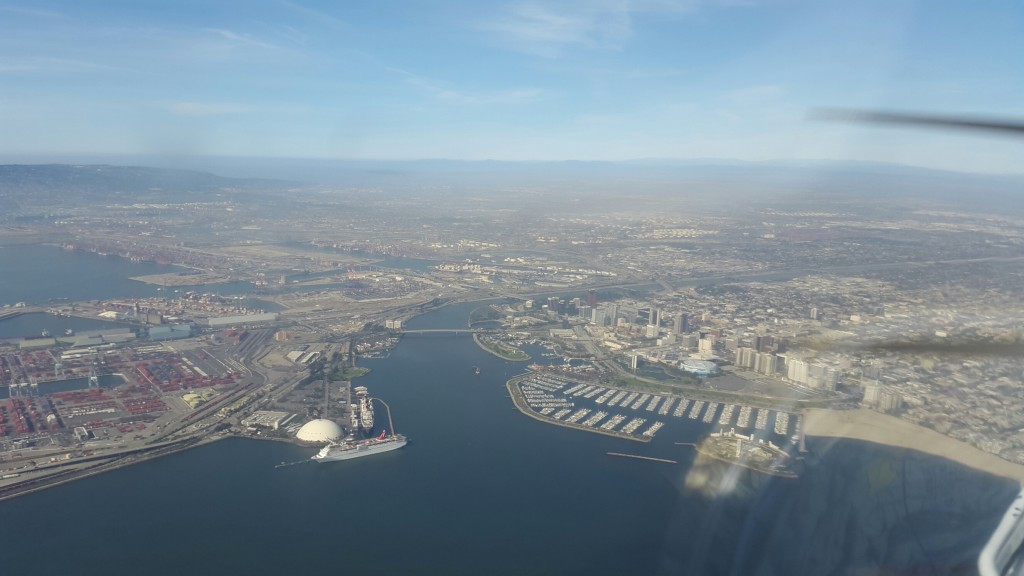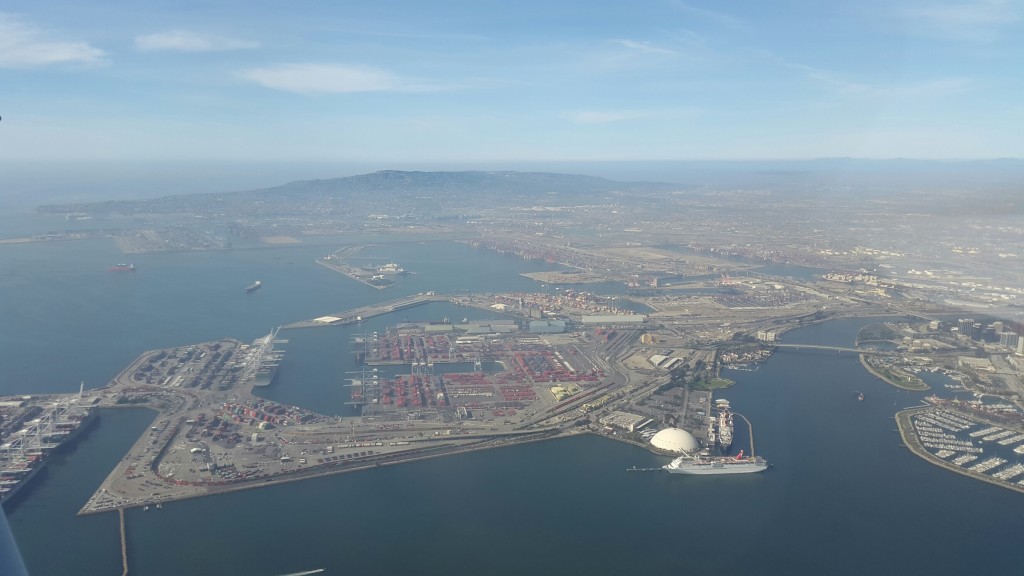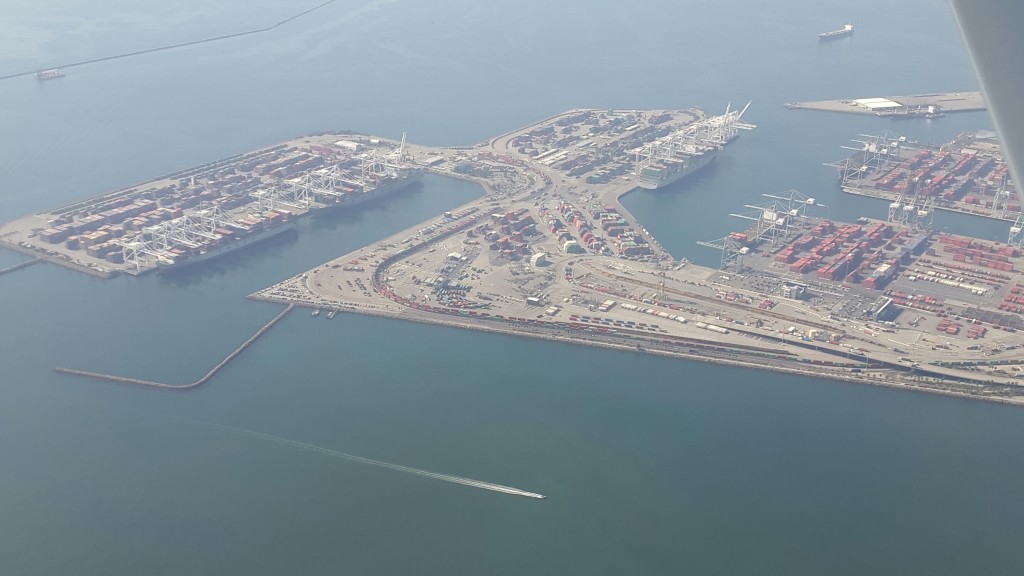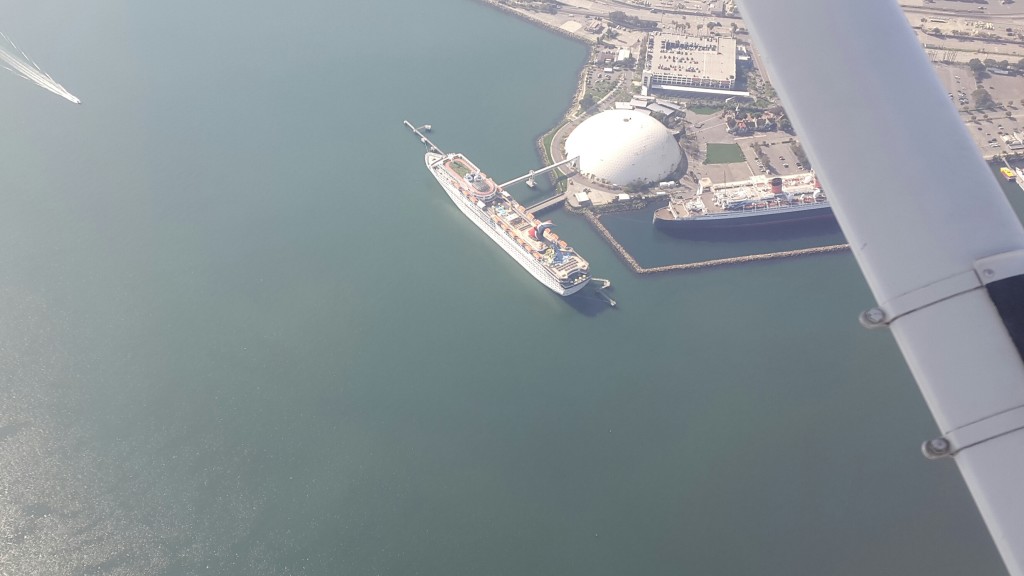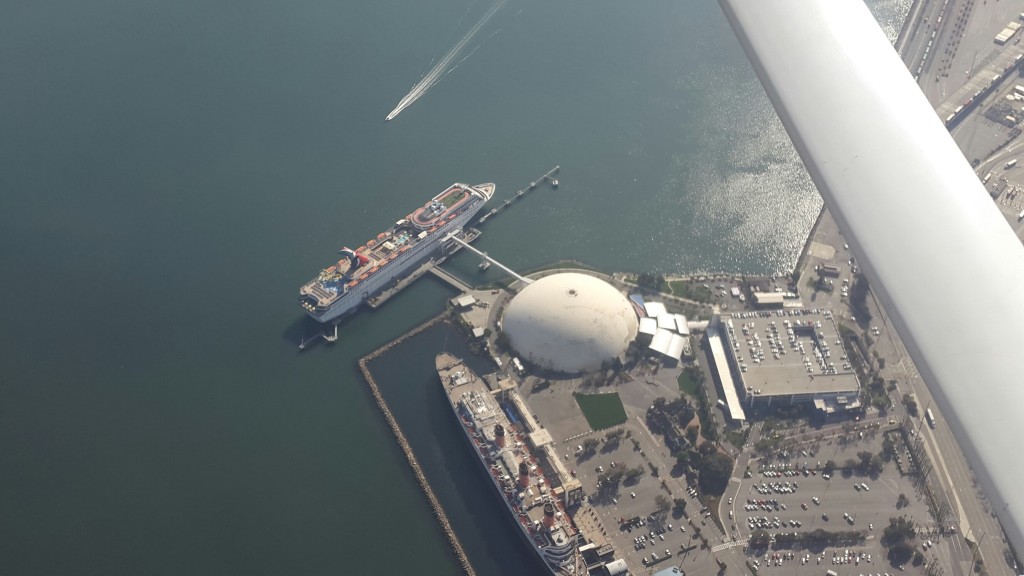Criminal Law vs. Civil Law : Do You Know the Difference?
A lot of times in child abuse and molestation cases, people contact a lawyer without really knowing what kind of lawyer they need, or really what their goal is. In the United States, there are two types of law: Civil and Criminal. They are very different systems of justice, and if you have been harmed, it is important to understand them. The criminal justice system seeks to punish a perpetrator, usually by jail or prison time, but possibly also by probation or community service. A civil lawsuit is much different. It seeks to recover monetary compensation for the victim. Criminal cases are filed by the government, and usually start when the victim reports the crime (calling 911 or filing a police report). Civil cases are filed by a private party, typically by their attorney. Estey Bomberger has made an infographic explaining the core differences between these two types of law. It is below. For more information, visit http://www.childmolestationvictims.com/.
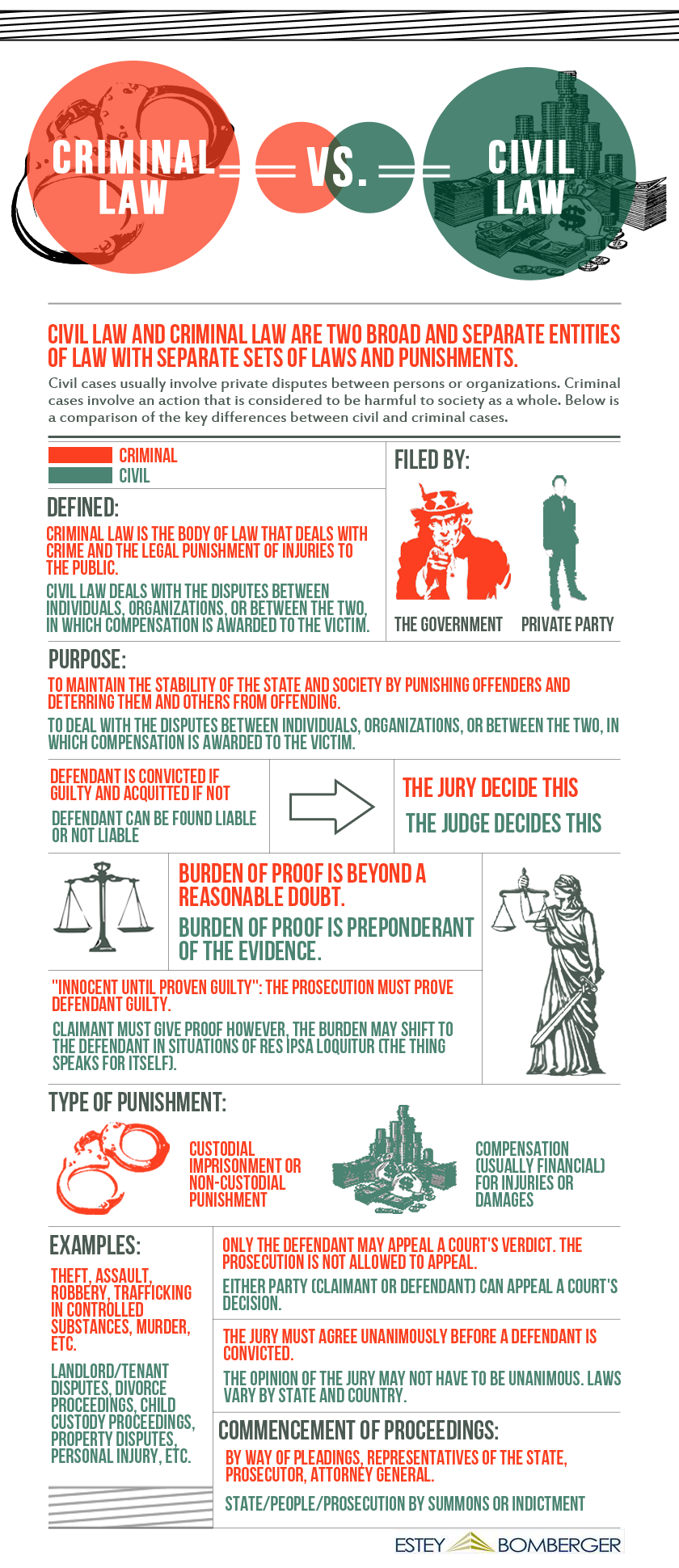
The Differences Between Civil and Criminal Law – A resource by the team at ChildMolestationVictim.com
February 2nd Flying Lesson Recap :: Instrument Training with Foggles
I had a flying lesson this morning, this time in N172LK, and we did another hour of simulated instrument training. Winds were calm, visibility great, and I did an Alpha North departure out of CRQ and my instructor John and I flew 68 miles up to Long Beach. I wore “foggles” so I couldn’t see what was going on outside, and flew the plane just based on instruments. I found the Torrance airport on the GPS and then flew in the direction it told me to go, maintaining altitude at 2,500 feet the whole way. I did better this time, than on my last instrument training flight down to Coronado. Today was fun, I got a flying lesson and a history lesson too, and they both sort of involved Leonardo Dicaprio movies. Maybe I’m stretching a little bit.
We entered the port and flew over to where the Queen Mary was. That’s the ocean liner next to the white golf ball looking thing. It is very similar in design and appearance to the RMS Titanic. The movie Titanic was not filmed on the Queen Mary, but the Queen Mary has been the location of several Titanic conventions. After flying over it, and then reading up about it, I definitely want to drive Caroline and Ava up there for a day trip one day and check it out.
The white golf ball looking thing – the dome – used to be a hangar for the Spruce Goose, which was Howard Hughes’ giant boat airplane – the largest airplane ever built. The Spruce Goose only flew once, on November 2, 1947. So much history though – it’s fascinating! I saw the Aviator back when it was in theatres in 2004, but at the time I didn’t really know who Howard Hughes was, and I wasn’t interested in aviation too much then either. I definitely need to watch that movie again. One of these days I will.
The flight back went smoothly – it was interesting hearing the So Cal Approach radio – it was very very busy, and almost constant chatter. When we came back to land, I kept my foggles on until we were just 2 miles from the CRQ runway. There was a lot of traffic coming and going, and in the downwind leg the ATC had me do a left 360 turn three times, and then extend my base about 5 miles down. Somehow I managed to stay high, and had to sideslip the plane to get us down to the runway. The landing wasn’t too bad, and the lesson ended on a good note. I’m only a few more lessons away from my pre solo stage check with David.


